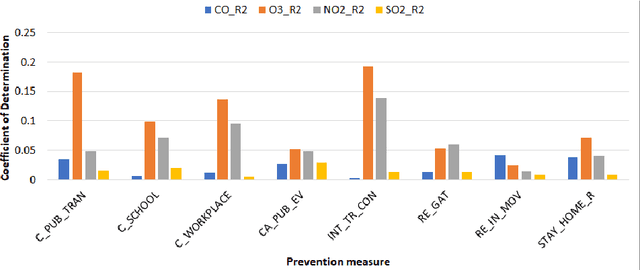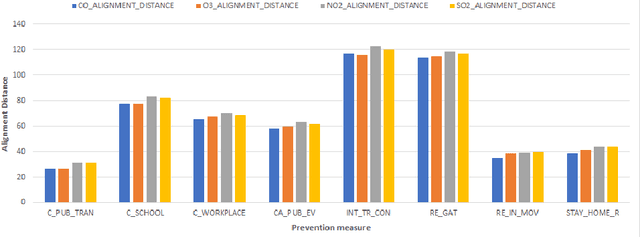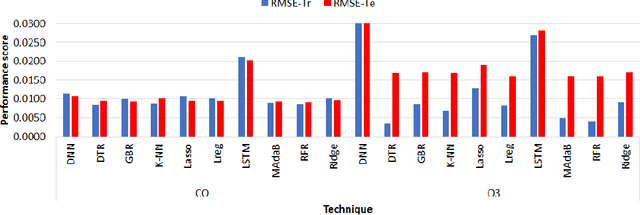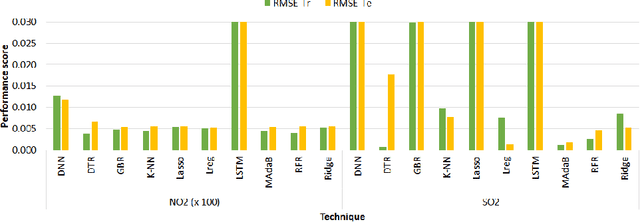Emmanuel Sardis
Multi-scale Intervention Planning based on Generative Design
Apr 23, 2024Abstract:The scarcity of green spaces, in urban environments, consists a critical challenge. There are multiple adverse effects, impacting the health and well-being of the citizens. Small scale interventions, e.g. pocket parks, is a viable solution, but comes with multiple constraints, involving the design and implementation over a specific area. In this study, we harness the capabilities of generative AI for multi-scale intervention planning, focusing on nature based solutions. By leveraging image-to-image and image inpainting algorithms, we propose a methodology to address the green space deficit in urban areas. Focusing on two alleys in Thessaloniki, where greenery is lacking, we demonstrate the efficacy of our approach in visualizing NBS interventions. Our findings underscore the transformative potential of emerging technologies in shaping the future of urban intervention planning processes.
Assessing the Lockdown Effects on Air Quality during COVID-19 Era
Jun 25, 2021



Abstract:In this work we investigate the short-term variations in air quality emissions, attributed to the prevention measures, applied in different cities, to mitigate the COVID-19 spread. In particular, we emphasize on the concentration effects regarding specific pollutant gases, such as carbon monoxide (CO), ozone (O3), nitrogen dioxide (NO2) and sulphur dioxide (SO2). The assessment of the impact of lockdown on air quality focused on four European Cities (Athens, Gladsaxe, Lodz and Rome). Available data on pollutant factors were obtained using global satellite observations. The level of the employed prevention measures is employed using the Oxford COVID-19 Government Response Tracker. The second part of the analysis employed a variety of machine learning tools, utilized for estimating the concentration of each pollutant, two days ahead. The results showed that a weak to moderate correlation exists between the corresponding measures and the pollutant factors and that it is possible to create models which can predict the behaviour of the pollutant gases under daily human activities.
 Add to Chrome
Add to Chrome Add to Firefox
Add to Firefox Add to Edge
Add to Edge